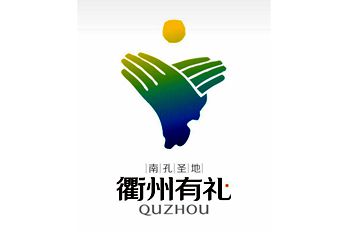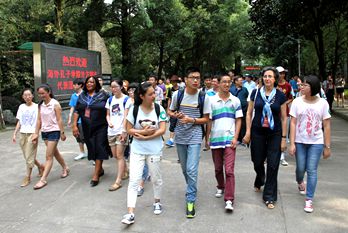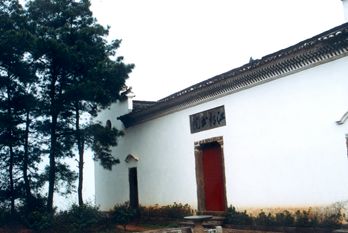Millennium tea tree, a health elixir

Oil tea trees grow in Changshan county, Quzhou, Zhejiang province. [Photo/Zhejiang Daily]
Changshan county, Quzhou, Zhejiang province, boasts excellent air quality, creating a unique growth environment for oil tea trees.
The cultivation history of oil tea trees in Changshan can be traced back to the late Song Dynasty (960-1279) and early Yuan Dynasty (1271-1368). Every household in the region cultivates oil tea trees and extracts tea oil from the seeds.
After the Frost's Descent, the 18th solar term of a year, the oil tea fruits, having grown for over 400 days, weigh down the branches with clusters of tea seeds. The trees bend gracefully, marking the optimal time for harvesting.
Harvesting oil tea fruits relies solely on manual labor. The pickers must not only work swiftly but also possess a discerning eye for selecting plump and high-quality tea fruits.
After air-drying, peeling, and grinding the tea seeds, the physical pressing method is employed to ensure the nutritional value of the final oil product. Physical pressing is further categorized into hot pressing and cold pressing. Hot-pressed tea oil exudes a rich aroma, with a bright and clear yellow hue.
Cold-pressed tea oil, on the other hand, boasts superior quality, a lighter color, and retains the inherent fragrance of tea oil. Simultaneously, it maximizes the preservation of active substances in oil tea, such as vitamin E and squalene.
Each oil tea fruit is handpicked by farmers, each tea seed is sun-dried and shelled, and every drop of tea oil is a result of meticulous effort. Through modern physical purification, adhering to environmental safety standards, each bottle of tea oil promises an exceptional culinary experience.

 City brand logo - fist-and-palm salute
City brand logo - fist-and-palm salute Confucianism on campus
Confucianism on campus The culture of the academy
The culture of the academy